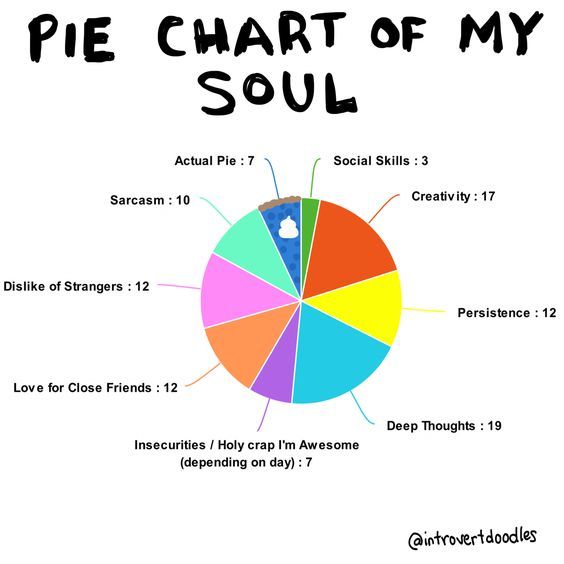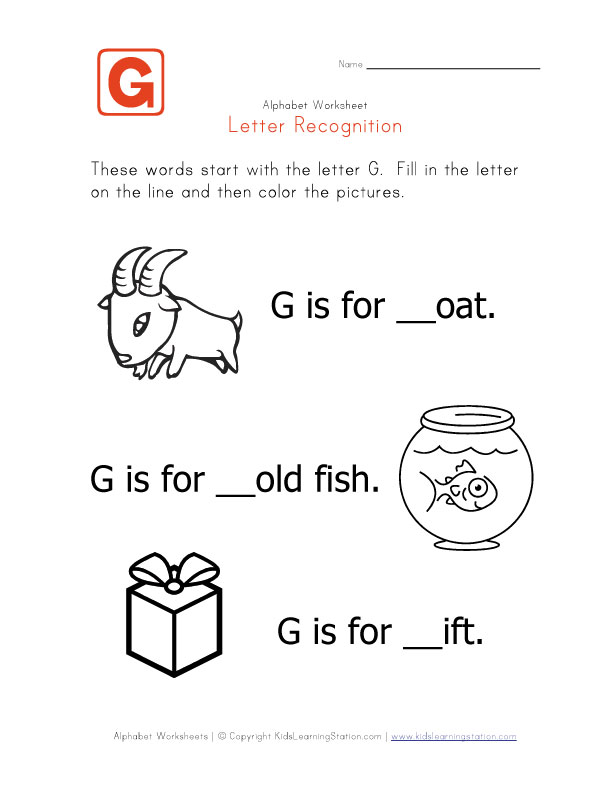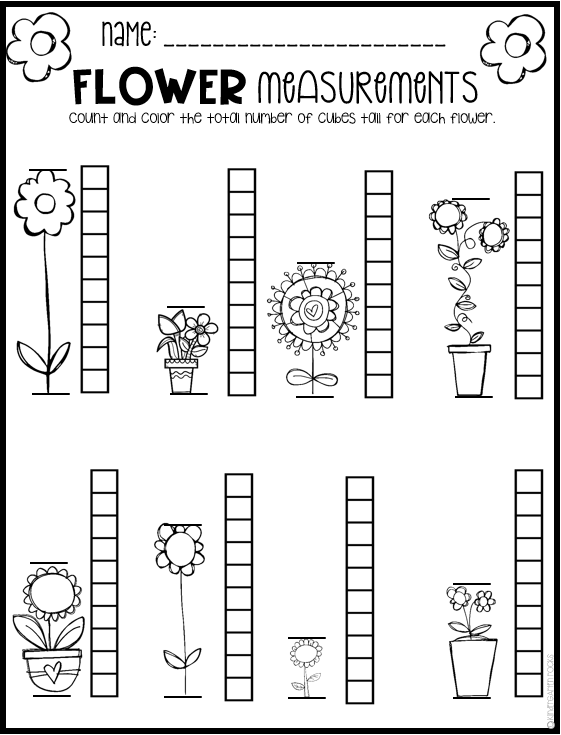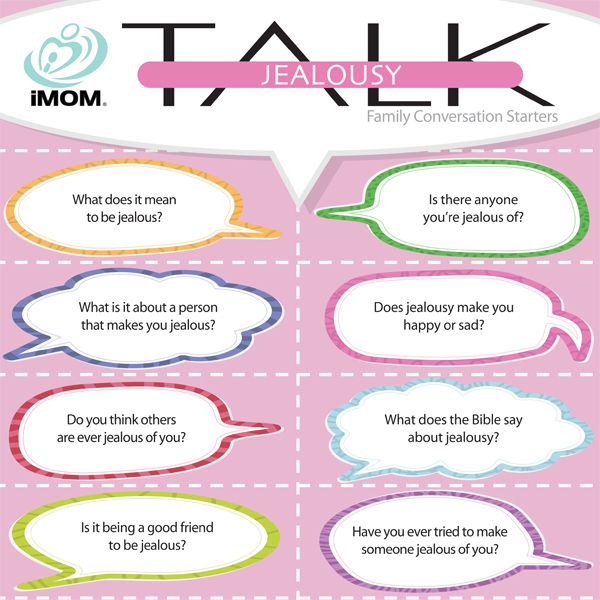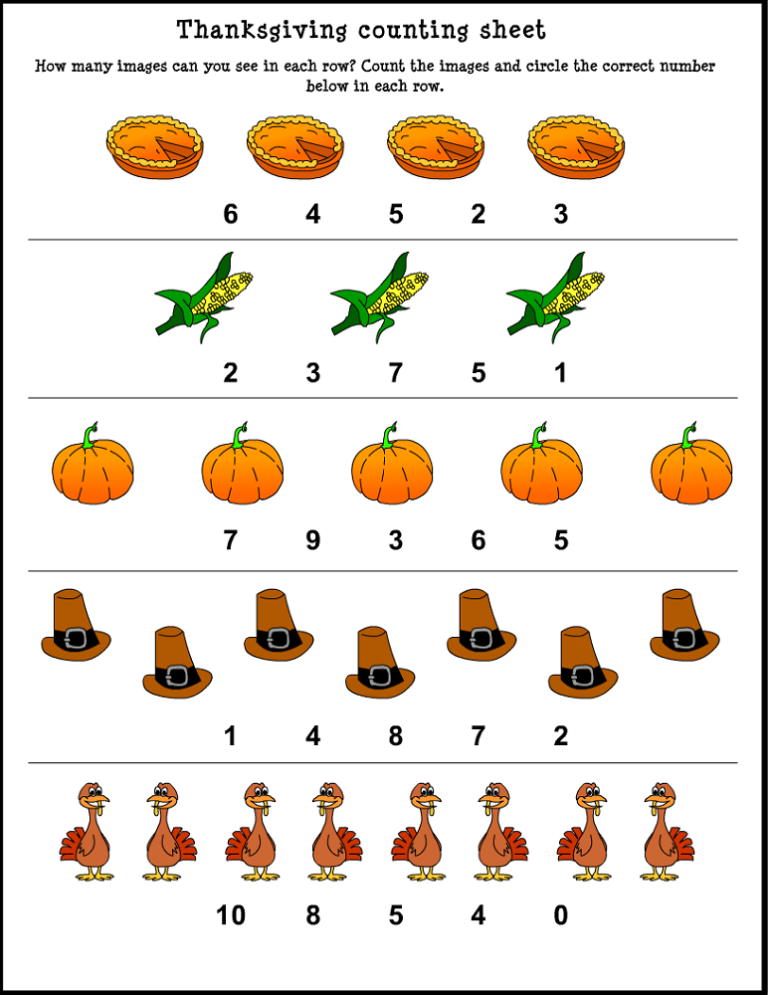Learning in young children
The Preschooler’s Brain: How Young Children Learn
“I can still remember,” Albert Einstein quotes, “that this experience made a deep and lasting impression upon me. Something deeply hidden had to be behind things.”
In the book Internet Invention: From Literacy to Electracy, author Greg Ulmer writes about Albert Einstein and how a pivotal event in his childhood inspired his interest in science. Einstein was four or five years old and stuck in bed with an illness when his father gave him a magnetic pocket compass. He played and spent hours twisting it, wondering how the needle always knew to point towards the north.
In this blog, we provide some insights into how babies and young children learn and how we, as adults, can support their development.
Young children learn by exploring in a safe and stimulating environment
According to Facts for Life, a child’s brain develops rapidly during the first five years of life, especially cognitive, linguistic, social, emotional and motor development skills. They learn many words starting at around 15–18 months and this rapid language learning continues into the preschool years.
The child’s brain grows as she or he sees, feels, tastes, smells and hears. Each time the child uses one of the senses, a neural connection is made in the child’s brain. New experiences repeated many times help make new connections, which shape the way the child thinks, feels, behaves and learns now and in the future.
Parents, family members and other caregivers (like preschool teachers) can support healthy brain growth by speaking to, playing with, and caring for their child. When you play with and sing, speak, read or tell a story to your little one and nurture her or him with healthy food, love and affection, the child’s brain grows.
Young children learn through doing aka play
In her TedX Talk, Professor Doris Fromberg, Director of Early Childhood Teacher Education at Hofstra University, explains why play is such an important part of the learning process for children.
She says “We need to consider that young children learn in quite differently than adults. They learn by comparing physical experiences, by interactions with other people and their own feelings. And they learn an enormous amount through their imagination…. Play is what pulls together the logical and creative parts of the brain. Play is important because it allows your kiddos to practice skills over and over again in their own time and to develop ideas at their own pace.”
In a similar study conducted in 2013, University of Denver researchers Elena Bodrova, Carrie Germeroth, and Deborah J. Leong found that children teach themselves to regulate their emotions and think before they act when they play. For example, if a child is pretending to be Olaf from Frozen, they may pretend they’re melting when they come inside or insist that they like warm hugs. In each case, they consider how their actions will correlate with how Olaf should act in a given situation.
This role playing helps young children build social skills and helps them become the kind of adults who are able to thrive in a range of personal and professional environments.
We hope to have helped you understand how young children learn and how adapting our teaching or parenting style to meet their needs in more effective manner, thereby leading to a happy child!
Young children learn through story time
According to a recent research conducted by U.S. Department of Health & Human Services, young children need to hear language even before they can talk to support brain development. Furthermore, with language, both quantity and quality matter. The quantity of words that children hear is important for language development, but so is the quality of language that they hear. Quality of language can refer to word diversity and to the speech signal.
Read out loud, every day, several times a day. Any book. You can read anything to a newborn: a cookbook, a novel, or even a parenting manual. The content doesn’t matter. What does matter is the sound of your voice, the cadence of the text and the words themselves. Research has shown that the number of words an infant is exposed to has a direct impact on language development and literacy.
When you read with toddlers, they take it all in: vocabulary and language structure, numbers and math concepts, colors, shapes, animals, opposites, manners and all kinds of useful information about how the world works. What’s more, when you read out loud, your toddler connects books with the familiar, beloved sound of your voice — and the physical closeness that reading together brings. You are helping build a positive association with books that will last a lifetime.
A Tool of Learning for Young Children — Better Kid Care — Penn State Extension
Most people know that physical activity helps children and adults to maintain a healthy body. However, did you know that movement activities build brain structure?
Research shows a link between cognitive development and movement, meaning children need opportunities to move so they can learn. Rolling, crawling, walking, and jumping, along with a variety of other movement activities, build the brain during the first years of a child’s life. So if movement is one of the most important learning components of a young child’s life, should parents desire praise for raising quiet, well-behaved little ones?
So if movement is one of the most important learning components of a young child’s life, should parents desire praise for raising quiet, well-behaved little ones?
At birth, a baby’s brain contains 100 billion brain cells, roughly as many nerve cells as there are stars in the Milky Way, and almost all the brain will ever have. In the brain, nerve cells called neurons are present at birth and eventually form trillions of connections over the first years of life depending on the child’s life experiences. These neural connections start to send messages to each other to meet the requirements of the body and brain. Compare this to posting messages to friends on Facebook or Instagram. If you send a message to 500 friends, and each of those friends, in turn, send or forward that message to another 500 friends, and so on, the messages or signals expand exponentially.
This messaging is important for the brain-body connection. The ability of the brain to develop and maintain neural connections is based on new movement and play experiences of young children (Choosy Kids, IMIL 2016).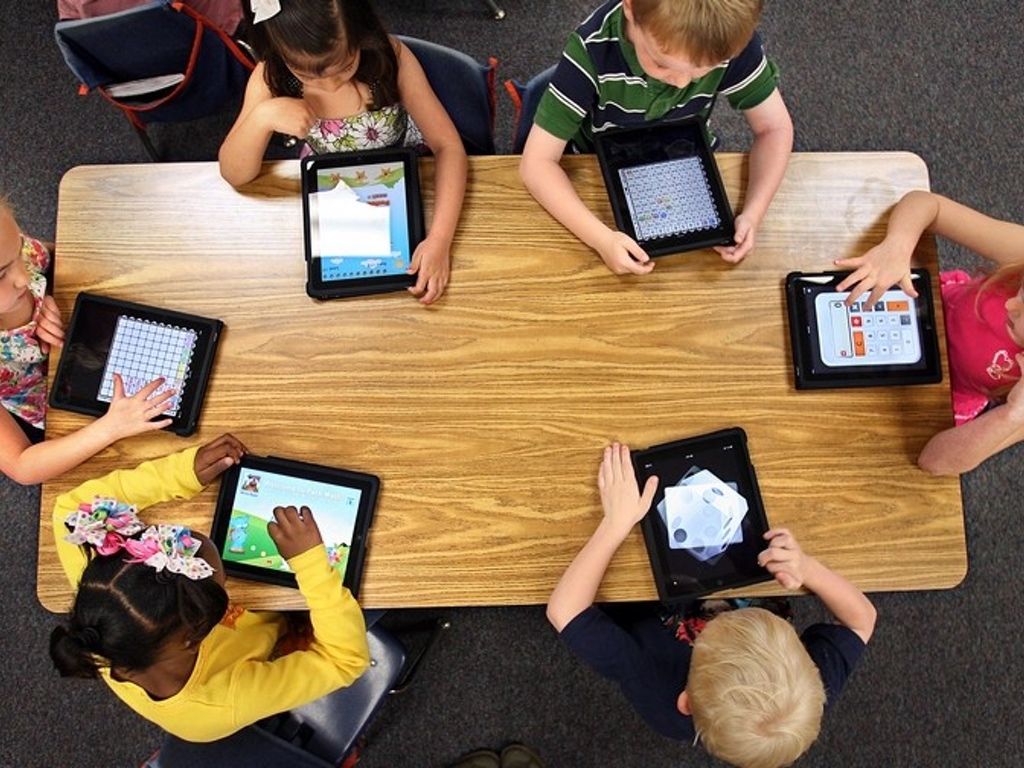 Brain cell connections are lost or pruned away as a result of limited activity or stimulation. “Move it or lose it” is true for both children and adults.
Brain cell connections are lost or pruned away as a result of limited activity or stimulation. “Move it or lose it” is true for both children and adults.
Researchers say that there are “windows of opportunity,” or sensitive periods, in children’s lives when specific types of learning take place. For instance, scientists have determined that the neurons for vision begin sending messages back and forth rapidly at two to four months of age, peaking in intensity at eight months. Babies begin to take much more notice of the world during this period. If a child misses this opportunity, that does not mean that the child will be impaired, but her brain may not develop circuitry to its full potential, or optimal development, in that area. The nervous system does not even mature until somewhere between the ages of 15 to 20, so families can continue to provide a variety of active play opportunities through those years to promote further brain growth.
Brain development does not stop after early childhood, but the window narrows, making it harder for adults to learn skills they missed during childhood.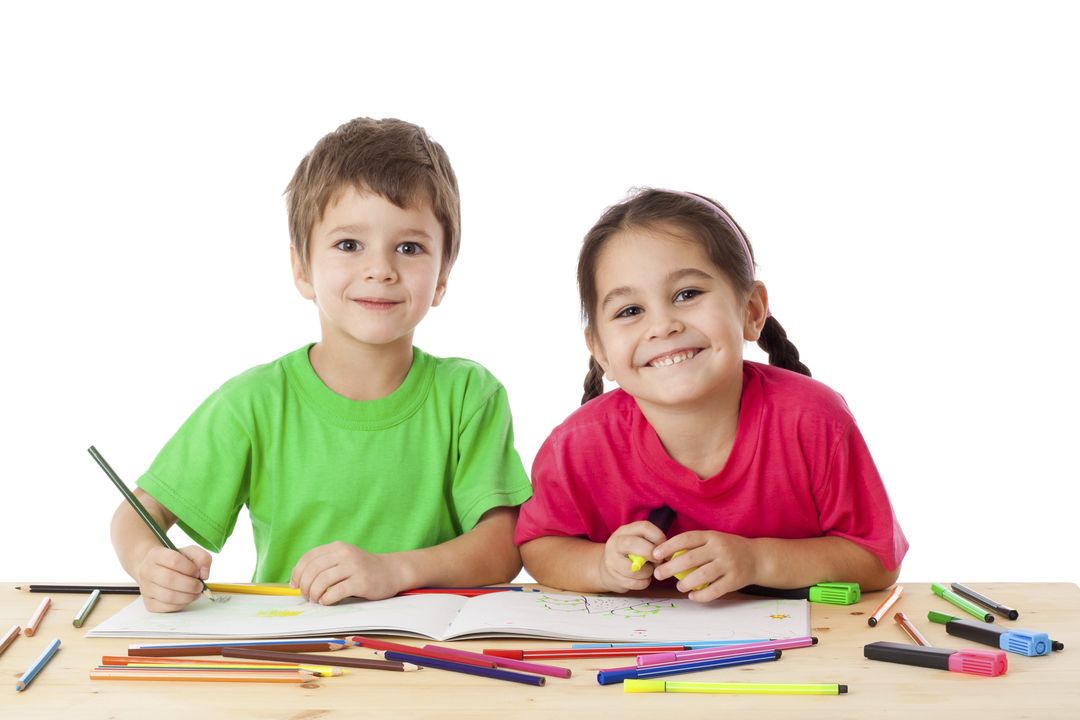
“It is a child’s activity level and active playtime that determines his or her ultimate brain development and the extent of adult capabilities” (Dotson-Renta 2016).
Children need to move to activate the brain. And the brain responds in full force allowing them to move in a variety of ways including crossing the midlines. Songs like “Head, Shoulders, Knees and Toes” and “Hokey Pokey” are examples of movements that cross the midlines of the body.
Why are these action songs and the midline important for brain development? The motions to the songs encourage children to cross all three body midlines, reaching top to bottom, left to right, and front to back. These physical movements demand coordination from both left and right sides of the brain. This strengthens the tissues called the corpus callosum that divides the two sides of the brain that is important for communication from one side of the brain to the other. These movements help to develop and strengthen neural pathways laying the foundation for further development in language, literacy, and math skills.
Crossing midlines can help stimulate brain activity in adults too. Try this activity. Extend one arm straight in front of you. It doesn’t matter which one. Point your index finger, and draw a large, imaginary figure 8 lying on its side, crossing left to right in front of your body. Run your finger along this imaginary figure several times. Now switch to the opposite arm. It may be harder since it is probably your non-dominate arm. Trace the same large figure 8 several times. This activity stimulates both sides of your brain and refreshes your thinking process. It might help you get through those long afternoon work days.
There is one easy way that you can boost your child’s brain power through movement activities. Turn on your children’s favorite music and have a dance party. Don’t worry about moving like someone on television’s “Dancing with the Stars.” Children are natural movers so follow their lead. It may be an opportunity for you to learn a new dance move or two. Take turns playing your favorite songs, too. Children get a kick out of dancing to Abba or Journey, and it gives you a break from children’s songs the entire time. You’ll have so much fun that no one will realize that you’re building your child’s brain!
Take turns playing your favorite songs, too. Children get a kick out of dancing to Abba or Journey, and it gives you a break from children’s songs the entire time. You’ll have so much fun that no one will realize that you’re building your child’s brain!
Resources and References
Choosy Kids, I Am Moving, I Am Learning. 2016. “Moving with the Brain in Mind.” Choosy Kids. www.choosykids.com
Dotson-Renta, Lara N. 2016. “Why Young Kids Learn Through Movement.” The Atlantic. www.theatlantic.com/education
Gabbard, Carl, and Luis Rodrigues. 2008. “Optimizing Early Brain and Motor Development Through Movement.” Early Childhood News. http://www.earlychildhoodnews.com
Jensen, Eric. 2000. “Moving with the Brain in Mind.” Educational Leadership November. https://www.nemours.org/content/dam/nemours/www/filebox/service/preventive/nhps/pep/braininmind.pdf
Little Folksters™. n.d. “Moving and Learning: The Body Brain Connection Babies to 5s.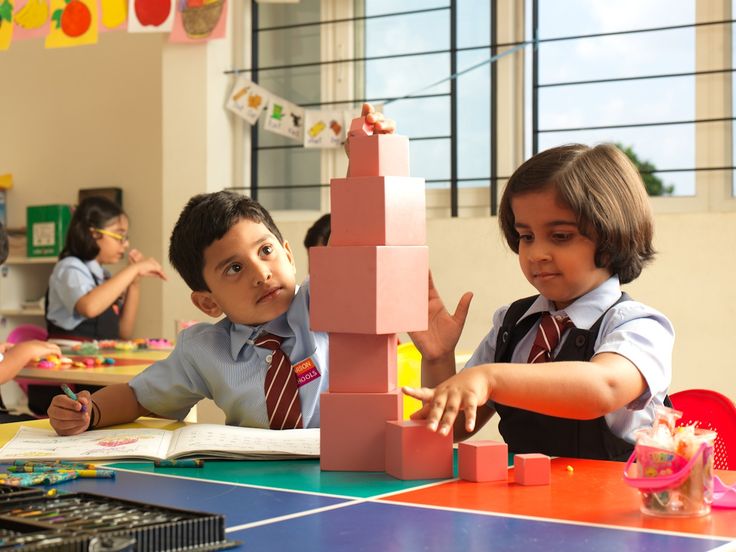 " www.little-folks-music.com/WorkshopFlyers/moving-learning-handout.pdf
" www.little-folks-music.com/WorkshopFlyers/moving-learning-handout.pdf
How to develop a child from birth? | Education
Many believe that a child should have a carefree, happy childhood and it does not matter whether their child learns to recognize colors, geometric shapes, letters, whether he can read, count, write, draw, and so on before school or at a desk. Others are so passionate about the development of the baby that he does not have time for doll cars.
When a child is constantly busy learning from the cradle, it discourages him from learning further at the same pace. There is no consensus on what is better: to let the boat-child go with the flow or still guide him in this endless ocean of life. We will not convince anyone and incline to any particular opinion, but simply help those who nevertheless decided to develop their child.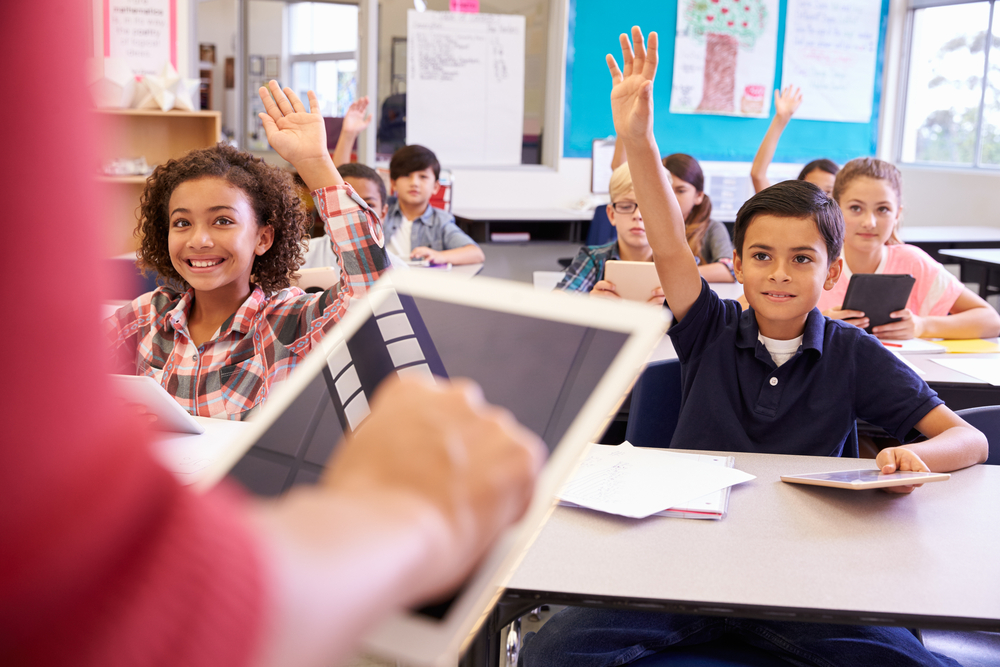
Where and how to start?
First you need to remember the three golden rules for developing a child's abilities:
1. Game. All children love to play, and it is in the process of playing that it is better to give them knowledge about this world and its features.
2. Honesty. Develop a child when you have a desire to do it, from the bottom of your heart. If the child does not feel your sincere desire to study with him, then he will absorb the information inattentively and without enthusiasm.
3.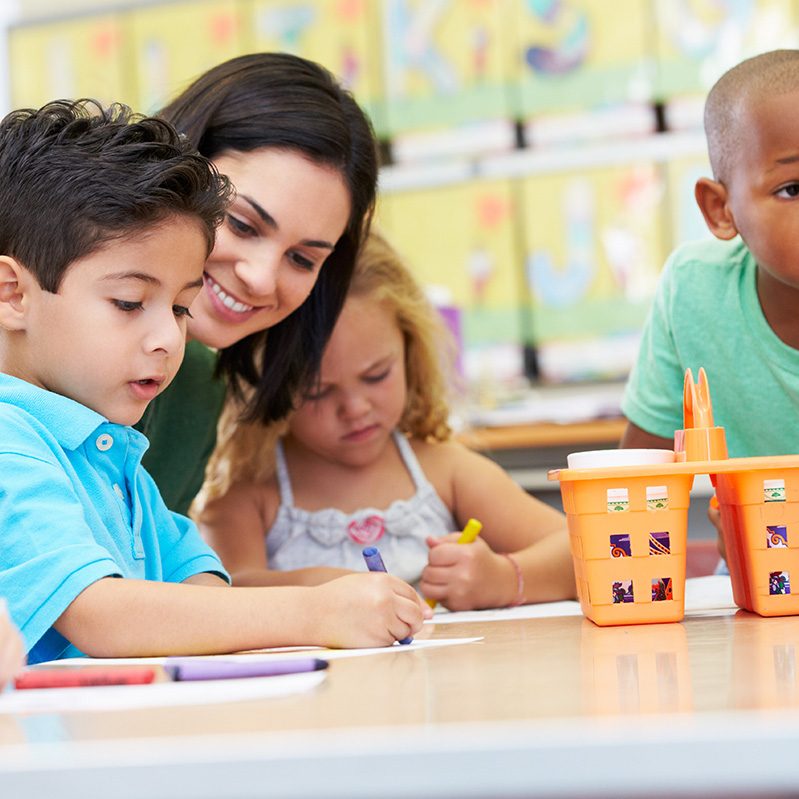 Fantasy. Imagine yourself for a while as a small child and perceive learning, development through the prism of a child's worldview and feelings.
Fantasy. Imagine yourself for a while as a small child and perceive learning, development through the prism of a child's worldview and feelings.
For the first few months, the baby sleeps almost all the time, and eats during breaks, and he acquires his initial knowledge about this world by listening to the speech , the voice of his parents. You need to talk with your baby as often as possible and about everything that surrounds you and him.
Play with your voice: increase your intonation if you are talking about something unusual, interesting; switch to a whisper if you want to inform him of something mysterious and mysterious. Comment on all your actions, call a spade a spade, talk not only about what you see, but also about your feelings, mood. Come up with affectionate names, nicknames for your child. Any person, even a tiny one, likes to be affectionately called by name.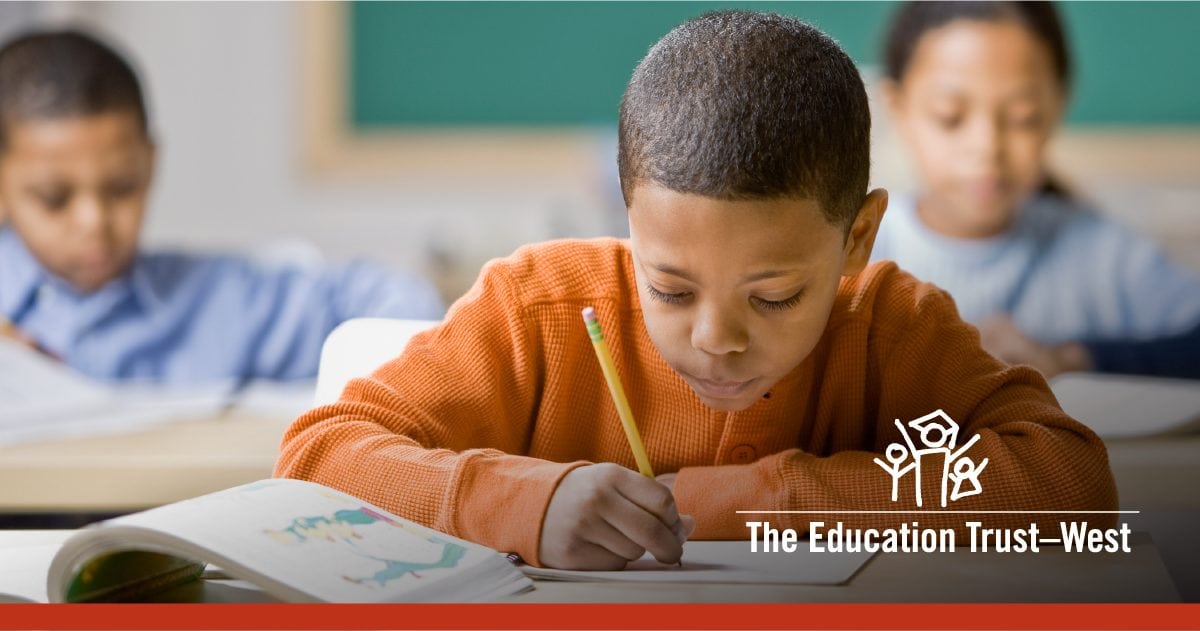 The emotional sphere is very important for the development of a child at an early age. Photo: Depositphotos
The emotional sphere is very important for the development of a child at an early age. Photo: Depositphotos
The main source of information for the baby during the first months of life is vision and hearing . Make sure that your baby has something to look at while awake. Show bright toys, simple contrasting pictures, photos of loved ones, and even the reflection of a child in the mirror. The optimal distance for showing a child any objects is 20-30 cm.
Attention development game : gently move the toy in different directions in front of the child's face several times, then fix the toy in one position for a few seconds so that the child can see the obscure object better, then hide the toy and show it again.![]()
In the first two months of life, children respond better to high-contrast black and white images , let there be 5-6 such pictures in your arsenal. Hang 1-2 pictures near the crib or on the wall, where you often pass with the child when he is in your arms, and change the image every 2-3 days. Drawing the child's attention to the pictures, tell in detail what is drawn on them, your opinion, feelings, make up mini-stories. In addition to showing pictures, it is useful to take the baby in your arms and arrange tours around the house. Photo: Depositphotos
To develop your hearing, it is better to use rattles with different sounds, or you can make such musical toys yourself: put various fillings in jars so that the sounds differ significantly from each other. Soon you yourself will be surprised how selective your child is in choosing a melody.
Soon you yourself will be surprised how selective your child is in choosing a melody.
Good ear development music . From birth, put calm, pleasant music on your child - now there are a lot of discs with classical music for babies, lullabies, calm melodies, sounds of nature ... Introduce your baby to different rhythms. Listen to fast, loud, melodic, slow music.
When a child begins to consciously reach for objects, clenches his fists, you can hang a turntable or mobile near his bed. Let the baby not yet be able to grab a spinning object, but how much effort it makes! An alternative to a mobile phone can be a baby horizontal bar or a developmental rug.
It is pleasant for a child to realize that he can move toys himself, cause some sounds. Try sewing small bells or ringing rattle balls to the socks, or you can make ringing bracelets on the handles. When moving a hand or foot, the baby will make sounds, so he will develop an associative connection - movement-sound. Photo: Depositphotos
When moving a hand or foot, the baby will make sounds, so he will develop an associative connection - movement-sound. Photo: Depositphotos
It is also very useful to develop tactile sensations : give the child objects that are different in form and content. Playing with bags that are made of different fabrics and filled with different materials (cereals, beads, rustling bags, cotton wool, sawdust, etc. - everything that can be folded into a small bag and hermetically sealed) is perfect for this purpose. In addition to such a game with bags, you can give the child to touch warm, hot, loose, hard, rough, smooth - the more diverse his sensations are, the more beneficial it will affect the development of the baby.
For the development of motor skills buy your child a sturdy small children's piano with large musical buttons - it will be your baby's favorite toy! The child can make sounds, tap the keys, look at pictures, listen to his piece of music endlessly and every time with genuine interest.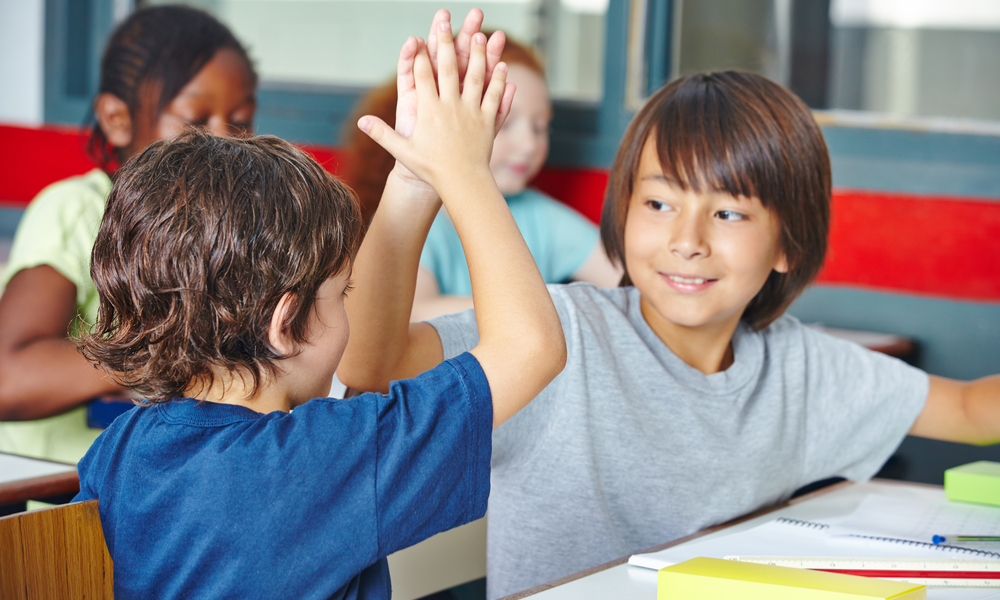 For such a musical game, it can be planted on pillows, or you can put it on your tummy. We immediately develop motor skills, and hearing, and attention, and tactile sensations!
For such a musical game, it can be planted on pillows, or you can put it on your tummy. We immediately develop motor skills, and hearing, and attention, and tactile sensations!
Water games are not only useful, but also interesting! As soon as the child learns to hold his head while lying on his tummy, you can send him to "free swimming": run into a bathtub filled with 10-15 cm of warm water. If the child still does not hold the head upright, support it by the chin. Let the bath have 2-3 bright toys for playing in the water, to which the child will reach, merrily slapping the water with his hands and feet. And if you take a full bath of water, then you can safely walk along the bottom, such exercises strengthen and develop the muscles of the back and legs. Over time, when the child begins to get on all fours and crawl on his own, bathing can become his favorite pastime. Photo: Depositphotos
It is necessary to develop a child constantly, increasing the amount of information given with age.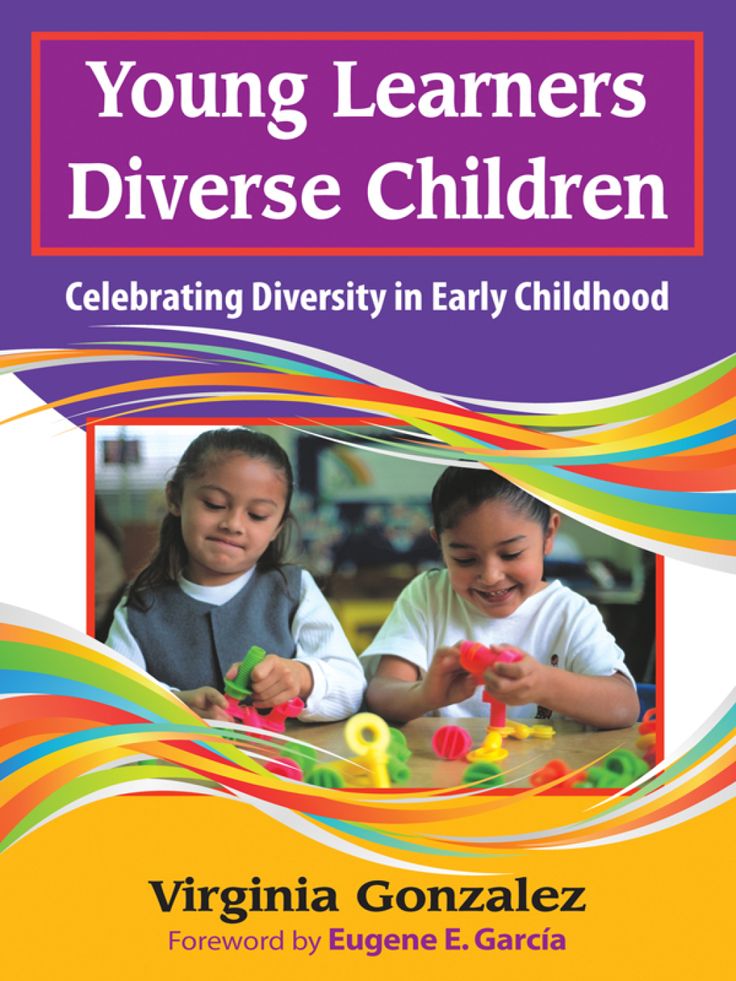 If earlier you used to call things with monosyllabic primitive names, now try to clarify the details, color, shape, size, position in space, etc. In addition to simple pictures on a white background, show your child the tables, maps, diagrams hung on the walls of your house. And when the baby learns to sit, then paper pictures can be replaced with children's electronic presentations, where the slides automatically replace each other.
If earlier you used to call things with monosyllabic primitive names, now try to clarify the details, color, shape, size, position in space, etc. In addition to simple pictures on a white background, show your child the tables, maps, diagrams hung on the walls of your house. And when the baby learns to sit, then paper pictures can be replaced with children's electronic presentations, where the slides automatically replace each other.
Explain, repeat often, show your interest in the process so that the child feels that he is just being played with, not seriously taught. Of course, the baby will not immediately understand what you are telling him so enthusiastically about, and will not remember all those pictures that you show him so often, but he will constantly feel your attention to himself, hear your gentle voice addressed to him. And most importantly, he will not discover this world alone!
Tags: baby development, ability development, Baby, attention development, child development, baby development, young children
top 30 online courses for children from 5 years old - IT for children on vc.
 ru
ru Distance learning is becoming more and more firmly established in our lives. Schoolchildren regularly complete tasks on Internet platforms, adults and children study English, programming and vocals via Skype or on special virtual platforms. This is no longer surprising to anyone. For preschoolers, there are also distance learning classes. We will tell you more about the most interesting and useful online courses for young children in our article.
687 views
Programming courses for children aged 5-9
Algorithms, loops and variables are convenient and easy to learn online. It is logical that computer courses for children are conducted through digital technology and using information technology. The program of such courses is adapted to the age characteristics of students and includes elements of interactive and gamification. Teachers try to explain even the most complex concepts with real life examples. Programming educators have other secrets that help them to give difficult-to-learn material in an accessible and understandable way.
“In the educational sphere there is such a technique as mnemonics,” Egor Titov, a teacher at the Pixel School of Programming and Robotics for Children, shares his experience. - It allows you to understand and remember complex things through simple associations. In my lessons, I constantly use this technique, trying to explain the material in this way. As a result, if the children forget something, then it is enough for me to remind them of the association we have invented. They remember everything on their own without additional prompts.
The teacher considers retelling the topic to another student as another effective method for understanding the material. At such moments, the child consolidates the material covered and structures knowledge.
For children aged 5-9, special computer courses have been developed that introduce young IT people to programming, but do not overload them with information.
At the age of 5-7, children still cannot master "adult" programming languages, such as Python or Java.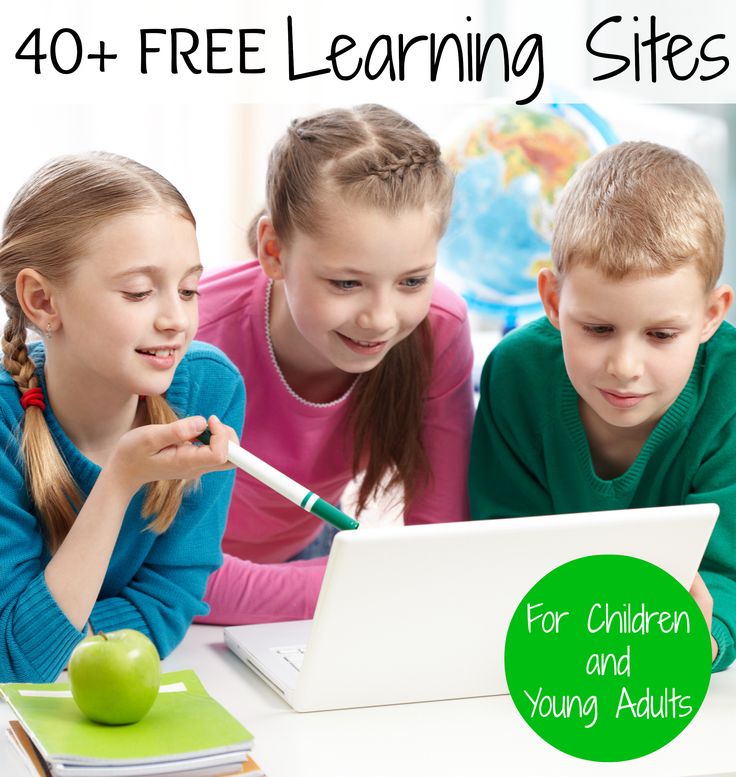 Young children are introduced to digital code generation in the Scratch Junior and Kodu Game Lab visual environments. These are educational programs in which children get acquainted with coding in a playful way. In the classroom, the guys create animations and entire game worlds, choose characters, think over scenarios and mechanics.
Young children are introduced to digital code generation in the Scratch Junior and Kodu Game Lab visual environments. These are educational programs in which children get acquainted with coding in a playful way. In the classroom, the guys create animations and entire game worlds, choose characters, think over scenarios and mechanics.
There are 3 modules in total: Fundamentals of Programming for Preschoolers and Primary Schoolers, Fundamentals of Game Development and Advanced Game Development. At each, children not only study theory, but also prepare entire final projects, which can then be sent to competitions for young programmers.
Course for older children: from 8 to 10 years old. Scratch is a visual game environment for children's programming, where students learn to work with code using bright blocks. Children will learn about cycles, coordinate systems, variables and mathematical operations, interactivity and validation, artificial intelligence, arrays, game physics and much more.
The result of the training will be an educational project-game, which the student will present to his new friends and teachers.
It is a mistake to think that children are so good at tablets, phones and computers that they do not need any digital activities.
An online computer literacy course for children aged 7 to 10 teaches not only how to use technology, but also how to type quickly, work with spreadsheets and presentations. These are the skills that will always be useful: both at school and at home. In 12 lessons, the guys master popular computer programs: Google Docs (working with text), Google Sheets (working with tables) and Google Slides (working with presentations). The course program consists of practical tasks and a minimum of theory. Only in this way will the guys be able to perfectly master the primary digital skills.
English language courses for preschoolers
English is a world language spoken by people in almost all countries. Knowing this language in the 21st century is a very important skill that opens up endless possibilities. English-speaking people travel the world freely, without problems, work with foreigners, watch films and read books in the original. This broadens one's horizons, helps to better understand how people live outside their native country.
Knowing this language in the 21st century is a very important skill that opens up endless possibilities. English-speaking people travel the world freely, without problems, work with foreigners, watch films and read books in the original. This broadens one's horizons, helps to better understand how people live outside their native country.
The sooner a child starts learning English, the sooner he begins to speak, write and understand non-native speech fluently. Help him with this by sending him to foreign language courses.
Novakid School offers children not only to learn English, but also to develop memory, imagination and attention at the same time. In a playful way, in just 25 minutes, the children learn grammar, new words, and receive stars for successful results. Such non-standard lesson duration is a way to keep the student's attention.
In the classroom, children develop practical skills by constantly speaking in English with teachers and other children from the group. And so that parents can track the progress of their children, teachers regularly conduct tests and send home the results of the topics covered.
Online English education for children aged 4 to 14. The AMAkids school teaches according to its own educational methodology, uses game simulators, and holds team tournaments in the online arena.
Teachers are confident that due to the playful form of conducting classes, young students attend them with curiosity and enthusiasm. The desire to play is a natural need of children. And combining study and entertainment is a way to instill in your child an interest in the English language. The school provides students with access to more than 100 educational online games that help to quickly learn grammar, rules of writing and speaking.
Puzzle English is a complete platform for learning English. On the course you can find any materials for various purposes and levels of language proficiency.
The school offers different learning formats that help you better immerse yourself in new topics and rules. For example, a child can take a special online simulator that helps to quickly learn all 12 tenses of the English language. Also available are many tests, articles for self-translation, video and audio recordings.
The most ambitious can compete in the brains rating - this is a publicly available table of performance with the best guys for the day, week and month.
Short English course, which consists of only 15 lessons. It was designed specifically for the little ones, taking into account their peculiarities of thinking, perception and concentration.
There are 3 modules in total: “Learning the alphabet”, “My family and pets”, “How are you feeling?”. And all of them are aimed at ensuring that the baby learns the alphabet and begins to pronounce English letters correctly. The learning mechanics are playful and linear. The child gradually goes through each lesson in the module and at the end receives a certificate for the results. And the most diligent - a cup for 100% completed course.
An important feature of the school is that the child can choose the format of education: group or individual, online or offline. And Language Skills also uses a useful technique - domain-integrated. This means that teachers conduct classes exclusively in English in a playful way.
Education is suitable for children aged 6-9 and over 12 years old. The course is divided into three programs by age, taking into account the individual characteristics of the children. In the classroom, students are completely immersed in the language environment, play and at the same time train their speaking skills and, as a result, receive an international certificate.
School preparation courses
Often kids are eager to go to school faster, but after a week of study they ask to go back to kindergarten in tears. Why is this happening? The fact is that the child is not always ready for a new format of pastime. There are fewer games and more requirements. We offer you a list of courses that will help you prepare your baby for a new important period in his life.
Smarty Kids not only teaches basic school subjects, but prepares the child for school life. The program includes as many as 8 directions that will help the child to easily integrate into school days, feel confident in a new team, as well as solve arithmetic problems, concentrate, write beautifully, be independent and read from 30 to 60 words per minute.
Your child will come to the first grade with a high level of preparation, he will respond better than his peers in class, not worry about difficult subjects, because for him this will be a stage already passed. This approach will help the child to start learning at school without difficulties.
Individual online classes for children from 5 years old with the author's program. In total, 5 areas are available in the course: mathematics, reading, speech development, the world around, logic and attention. At the same time, the material does not repeat the school curriculum, but complements it. When the child has mastered the basic stage, he will be able to move on to the advanced one with in-depth study of the subject.
This will allow you to study on the course not only before school, but also during the entire academic year. So the child will broaden his horizons and be able to share new knowledge in the classroom.
The teacher of this course is Natalya Dushnova, a certified specialist with two higher educations in the field of correctional and social pedagogy. She teaches children from 5 to 7 years old reading, mathematics, introduces them to the environment and sound-letter analysis.
At school, the non-standard duration of classes is as much as 90 minutes, it's like a couple at the university. The teaching staff and methodologists are sure that the children do not get tired during this time, since the classes have a game structure.
Neuro-speech center for children and adults teaches kids to express their thoughts correctly and clearly, speak clearly, and also develop thinking and imagination Training takes place in several stages. First, the kids get acquainted with organizational issues and the schedule, then they train speech with a speech therapist, do their homework, train their skills and achieve noticeable results in about 5 lessons.
LogicLike teaches even the smallest children from the age of 4. This is a unique offer from a school for the development of logic and intelligence: not just a linear course, but a whole knowledge base with more than 4500 tasks on 30+ topics.
The following directions are available for children: logic and mathematics, puzzles, chess, the world around, games with words, countries and capitals and entertainment with a trick. A lot of tests, videos, games and printouts will help develop the intellectual abilities of the baby. And if you have an older child who is about to start first grade, then classes on this platform are a great way to spend time before school with benefit.
Mental arithmetic
Mental arithmetic is a technique by which children learn to count quickly in their mind from an early age. After a few lessons, a child can surprisingly quickly answer how much it will be if you add 63, 151 and 205 without using a calculator. In fact, there is no magic here, there is only a special counting system.
How does it work? The child first learns to work with a counting board - an abacus. Then the teacher removes the abacus and the student, remembering in his mind the principle of the mathematical instrument, adds up the numbers in his mind.
Why study this at all, if there are calculators and rules, the ability to add numbers in a column? Mental arithmetic develops imagination, trains intellectual abilities and memory. Here are some courses that will help your child learn such a unique skill as fast mental counting.
Abakus is an international mental arithmetic school that teaches children in 22 countries. Children take individual online classes, where they not only master mental arithmetic on virtual accounts, but also immerse themselves in educational games and quests, prepare hard for the Olympiads, and perform neurofitness exercises (brain gymnastics). The school also organizes All-Russian Olympiads, the winners of which then compete in international intellectual competitions.
Thanks to classes, students improve their memory and overall school performance, discover their creative and intellectual abilities.
The UCMAS Educational Program is an officially proven method for the integrated development of children through mental arithmetic. It was recognized all over the world, millions of children, thanks to the method of oral counting, win Olympiads, become leaders in the class and quickly master the exact sciences.
During the course, children (5 people per group) practice mental counting once a week. At each lesson, they perform practical homework, learn to extract roots, work with decimal numbers, fractions and percentages. The Academy promises that students will be able to develop the speed of thinking in just 2 months.
"Mental arithmetic is a simulator for the intellect," they say in the center. The method affects the development of both hemispheres of the brain at the same time. In many curricula, the emphasis is only on the left, since it is responsible for logic and analytical thinking, and the right, in turn, specializes in creativity. But only the development of both hemispheres leads to a guaranteed success of the child in school.
In 9–10 months children learn to concentrate and count quickly in their heads. The main goal of the classes is to build a harmonious development of the child, which affects the overall school performance.
Logic, intuition, creative thinking, rich imagination, quick reaction, independence, memory, observation are just a small part of what a child can develop thanks to mental arithmetic.
The program at Logopotam School does not require children to have math skills. The main thing is that students complete tasks and listen to the teacher. To keep children's attention, all classes are conducted in a game format.
Drawing courses for children
A child, picking up brushes and pencils, learns to consciously express thoughts on paper using images. With the help of a drawing, the young artist demonstrates his attitude to the world, family, and friends. Drawing can be more than just a hobby or a way to share your thoughts. Artistic skills are directly related to the development of imagination, logical thinking and symbolic representation. And the smallest lovers of drawing thereby train fine motor skills of the hands, which stimulates the development of the brain.
The author of the course, Svetlana Makhrova, is a laureate and winner of international illustration competitions, as well as a member of the Union of Artists of Russia and a member of the Moscow Union of Artists.
The teacher teaches kids from 4 years old the basics of fine arts. Children depict pets, their beloved grandmother, a house in the village. And at the end of the course, each student prepares a final project: he draws on one sheet at once everyone whom he learned to portray earlier.
Children in the classroom not only learn drawing techniques, but also create their own "magic" alphabets. More precisely, they learn the Russian alphabet, depicting letters in various images. For example, the letters "A" can be turned into a toothy shark, and the letter "E" into a colorful bright unicorn. Children use not only paints and pencils for drawings, but also plasticine.
In total, there are 14 lessons in the course, and in each lesson, children from 5 years old create one drawing. First, the guys watch the online lesson and complete the task. Then they sort out the mistakes together with the teacher: something is corrected, something is being finalized. And so on throughout the course. Access to the lessons remains forever, so you can open the video at any time and repeat what you have learned.
This is the author's course of theater and film artist Sasha Crew, who works with children's projects. She created illustrations for 15 books and 5 applications for children.
This 10-lesson course will teach your child how to work with simple shapes, which are the basis of any drawing. The guys will analyze 10 topics: marine life, sweets, flowers, dinosaurs, birds, water modes of transport, monsters, cats, dogs and space.
There are only three directions in the program: drawing with gouache, wax crayons and felt-tip pens, but at the same time an unlimited number of lessons. After paying for the course, the child gets access to his online account, in which new lessons appear periodically. At any time, he can start watching videos and then do his homework. The result of the work must be uploaded to the office so that the teacher gives feedback.
Online music classes for children
It is not necessary to go to an offline music school to learn how to sing beautifully or play popular musical instruments. Modern technologies allow you to master these skills without leaving your home.
Teachers in online classes communicate with children via video link, additionally send materials for independent work and constantly monitor the progress of their students. Below is a list of courses that teach different skills from the music industry.
Home lessons to help your child easily learn to play musical instruments and vocal skills. In the classroom, the guys train their ears, develop a sense of rhythm, get acquainted with musical literacy.
The purpose of the course is to prepare the child for further creative development. In the classroom, the children not only get acquainted with the basics of music, but also learn independent work and concentration.
Classical music theory lessons where children get acquainted with rhythm, grammar, methods of ear development. This is a preparatory course for admission to a specialized music school. Classes are convenient because you choose the level of difficulty yourself and constantly communicate with teachers.
Classes are suitable for the youngest musicians who have not yet gone to school. The program is adapted for young students and is aimed at instilling interest in music. Children go through 17 online simulators, get acquainted with notes and grammar in a playful way, so that in the future they can easily master playing musical instruments.
Studying at the school "Virtuosi" - these are individual online lessons, master classes, local parties for students. Before starting to study, professionals will check the level of musical knowledge of the child, draw up an individual training plan. Then classes will begin with growth checkpoints and regular concerts.
Physical development courses for children
Home training near the monitor is a very real practice. In order for your child to spend time at the computer with benefit, send him to online physical development classes. It is exciting and most importantly - good for health and mental development.
This course will help children from 4 to 9 years old to become flexible and healthy. Classes are recorded on video, so you do not have to take your child to training, it is enough to follow the schedule of home exercises. It will be enough to complete tasks for 30 minutes every other day, so that the child will soon be able to sit on the twine and reach the floor without bending his knees.
Fitness and children's yoga is a great opportunity to form the habit of exercising, improve posture and improve health. Classes are held via video link under the guidance of a trainer. You can choose the type of class (from strength training to meditation), the duration of one online meeting and the number of workouts.
In a playful way, the guys develop coordination and plasticity, train endurance, become disciplined and responsible. With over 50 lessons and different types of exercises, this is the best set to instill in your little one a love of an active lifestyle.
These are online sports classes with an individual approach. First of all, your child will be tested for flexibility, endurance and posture. Then the trainer will select a personal training plan, and only then will the classes begin.
Coaches not only work with students, but also teach the basics of proper nutrition.
Online learning for young children is a way to gain new knowledge and skills, meet friends without leaving home. And most importantly, preschoolers can constantly try new hobbies in this way.


